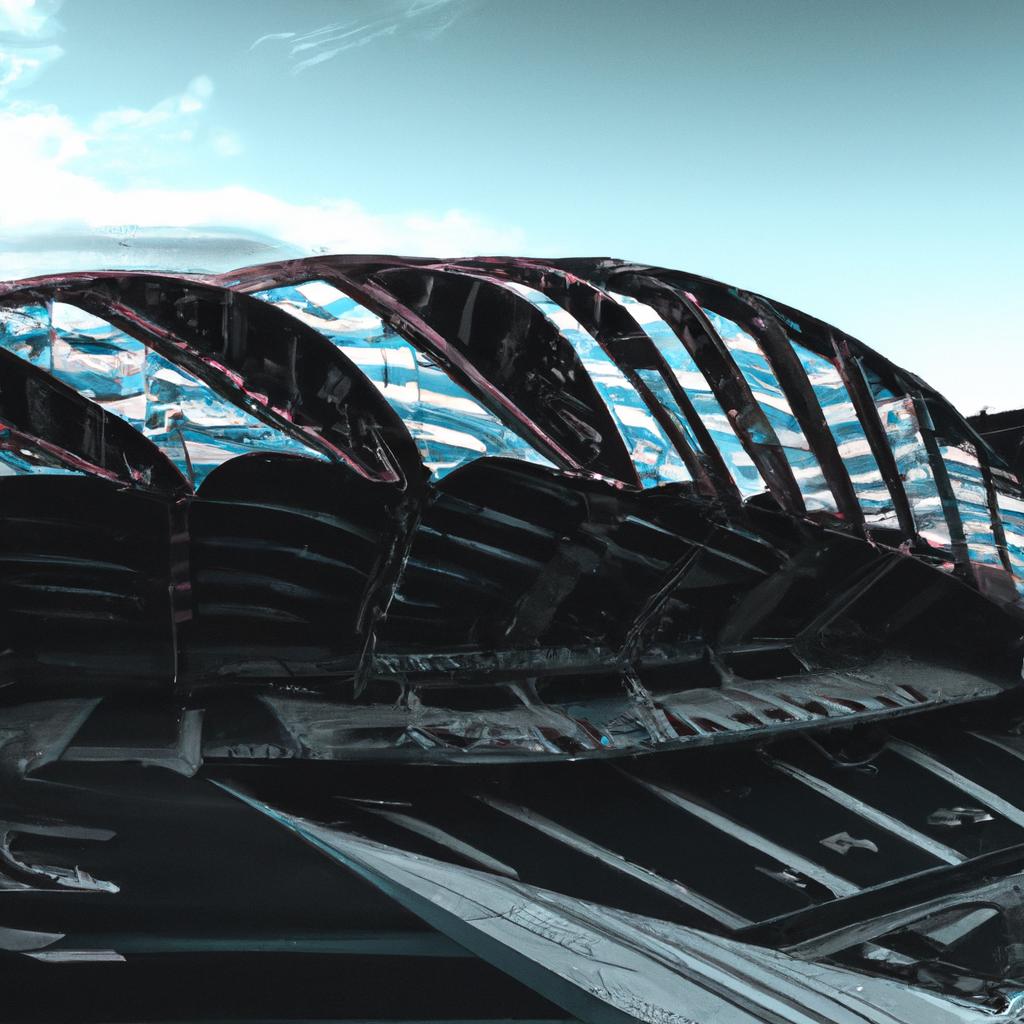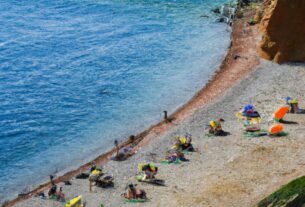If you’re a sports fan, you understand that a stadium is more than just a place to watch your favorite team play. It’s where memories are created, rivalries are born, and history is written. Nowhere is this sentiment more evident than in Norway, a country with a deep love for its stadiums and a rich sports culture.
Norway is home to some of the most breathtaking and iconic sports venues in the world. From the towering stands of Ullevaal Stadium to the scenic backdrop of Lerkendal Stadium, these stadiums boast not only beauty but also exceptional features that enhance the overall sports experience. So, what makes these stadiums truly exceptional? Let’s dive in and explore the best stadiums Norway has to offer.
The History of Stadiums in Norway
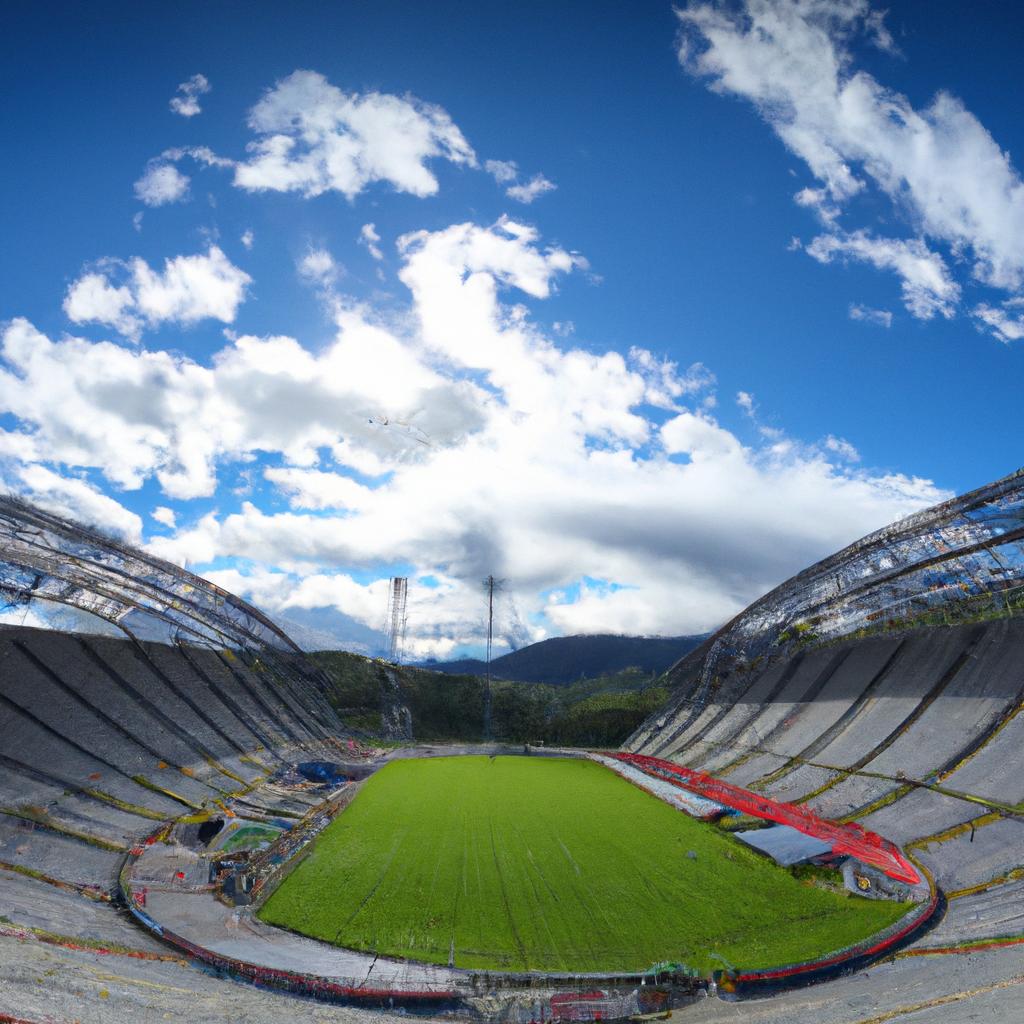
Sports stadiums have played a significant role in Norwegian culture since the 19th century when organized sports began to take hold. Initially, stadiums were simple, consisting of little more than a grassy field and basic bleachers. However, as sports popularity grew, demand increased for more sophisticated venues.
Over time, Norwegian stadiums became larger and more elaborate, incorporating new features and technologies to enhance the fan experience. The introduction of concrete construction in the early 20th century allowed for the creation of larger, more durable stadiums such as Bislett Stadium in Oslo, which quickly became a hub for track and field events.
Stadium design continued to evolve throughout the 20th century, with the construction of iconic venues like Lerkendal Stadium in Trondheim and Ullevaal Stadium in Oslo. These stadiums underwent expansions and renovations, each contributing to the rich tapestry of Norwegian sports history.
Advancements in technology have also played a role in shaping stadium construction in recent years. From retractable roofs and state-of-the-art sound systems to environmentally sustainable materials and energy-efficient lighting, modern stadiums in Norway push the boundaries of what’s possible. The Telenor Arena in Oslo, with its unique “wave” design, is a shining example of this innovation, offering a versatile and adaptable venue for various events.
Top Stadiums in Norway: Features and Facilities
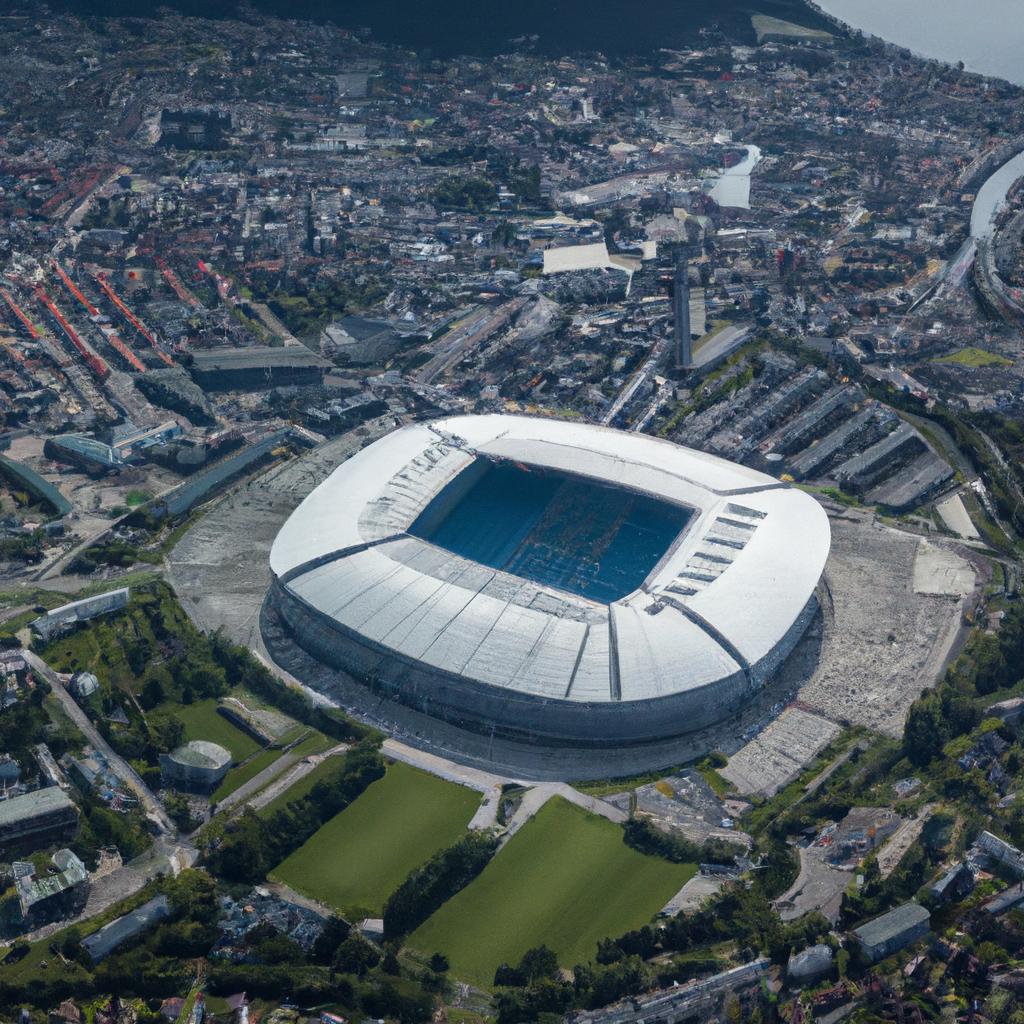
Norway is home to several impressive sporting venues, each with its unique features and facilities. Let’s take a closer look at a few standout stadiums that deserve your attention:
Ullevaal Stadium
Ullevaal Stadium, located in Oslo, is one of the most iconic sports venues in Norway. With a capacity of over 28,000 spectators, it serves as the home of the Norwegian national football team. The stadium boasts state-of-the-art amenities, including a retractable roof, indoor training facilities, and a museum dedicated to Norwegian football history.
Lerkendal Stadium
For those seeking a stadium with a picturesque natural backdrop, Lerkendal Stadium in Trondheim is a must-visit. Surrounded by rolling hills and forests, this 21,166-seat stadium is the home of Rosenborg BK, one of Norway’s most successful football clubs. Lerkendal Stadium offers a range of amenities, including VIP boxes, conference facilities, and a club shop.
Color Line Stadium
Color Line Stadium, located in Ålesund, is one of Norway’s newer stadiums, opening in 2005. With a capacity of 10,778, it serves as the home of Aalesunds FK and has hosted international matches. Notable for its unique roof resembling a giant sail, this stadium provides shelter for fans while allowing natural light to filter through.
Brann Stadium
Brann Stadium in Bergen is a stadium with a rich history. Originally constructed in 1919, it serves as the home of SK Brann, one of Norway’s oldest and most successful football clubs. Despite a major renovation in 2015, the stadium retains its original character and charm. With a capacity of 17,310, it ranks among the larger stadiums in Norway.
These stadiums offer an impressive range of features and facilities, ensuring an unforgettable experience for spectators.
The Role of Stadiums in Norwegian Sports
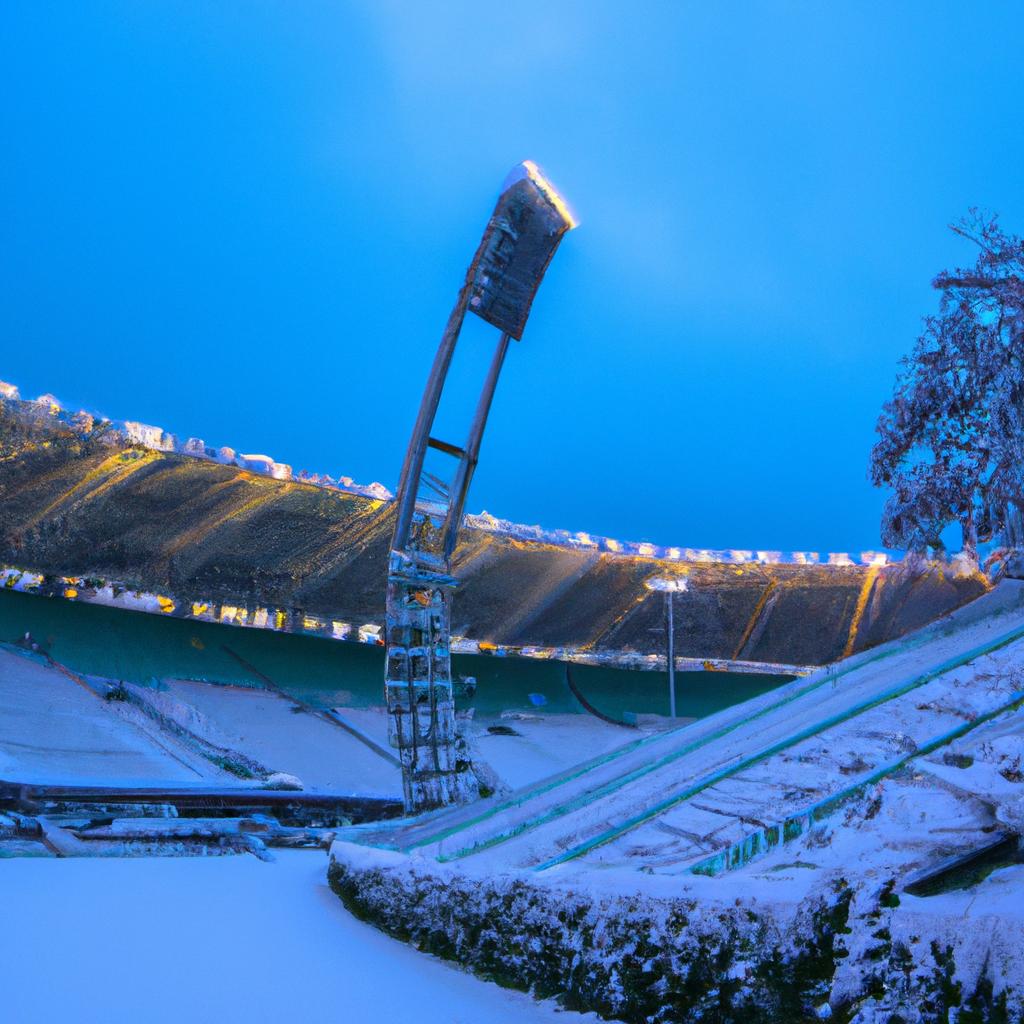
Stadiums play a vital role in the development and success of Norwegian sports. They provide a platform for athletes to showcase their talents, a space for fans to support their favorite teams, and a hub for hosting events and competitions. Norwegian stadiums have a rich history of hosting international matches and tournaments, propelling the success of sports in the country.
For instance, Ullevaal Stadium in Oslo, the home of the Norwegian national football team since 1927, has not only witnessed numerous international matches but also major tournaments like the UEFA Women’s Euro 2013 and the UEFA Women’s Champions League final in 2011. Its modern facilities and excellent playing surface have contributed to the team’s achievements, including their Olympic gold medal win in 2000.
Stadiums also directly impact the success of Norwegian sports teams. A well-designed and well-equipped stadium can provide a home-field advantage that proves crucial in high-stakes games. These vibrant atmospheres inspire athletes and fans alike, reflecting in better performance and higher attendance rates.
Rosenborg BK, based at Lerkendal Stadium, exemplifies the influence of stadium design and location. Nestled in a valley surrounded by forested hills, the stadium creates a unique and beloved atmosphere, contributing to Rosenborg’s success over the years, including their 26 Norwegian Premier League titles and their UEFA Champions League participation.
Moreover, Norwegian stadiums foster a sense of community and promote sports culture in the country. They offer spaces for fans to come together in support of their teams, creating a shared experience that unites communities. Inspired by iconic venues like Bislett Stadium in Oslo, young athletes find motivation to pursue their dreams and make their mark on the sports landscape.
Challenges Facing Norwegian Stadiums
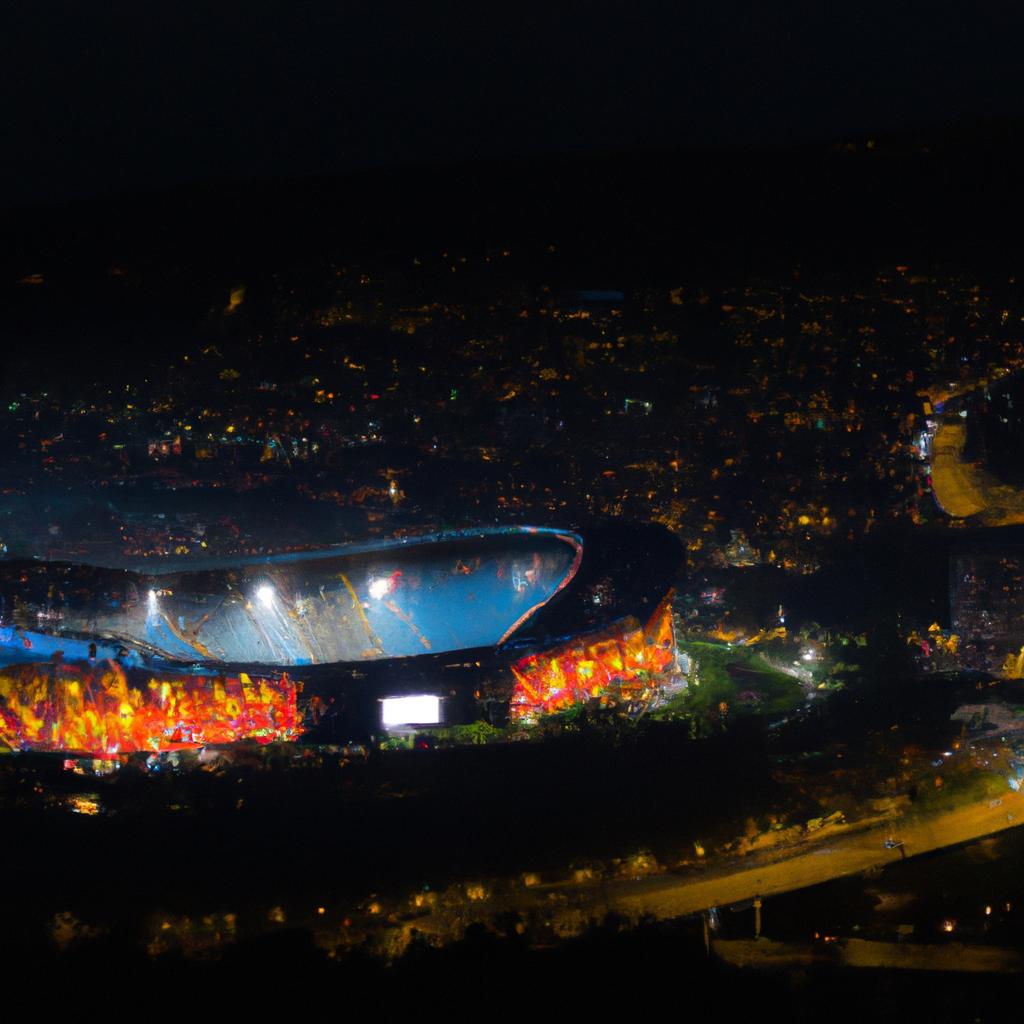
Despite their many benefits, Norwegian stadiums face unique challenges that can hinder their effective operation. Economic challenges stand out as one of the primary obstacles. Building and maintaining stadiums is an expensive endeavor, with costs often exceeding millions. Ullevaal Stadium, for example, incurs an estimated $5 million in annual maintenance and repair expenses.
Publicly owned stadiums, common in Norway, struggle to generate sufficient revenue through ticket sales, concessions, and advertising. This reliance on government funding or private investments presents difficulties in securing necessary financial support.
Stadiums also face social challenges, particularly ensuring safety and accessibility for all fans. COVID-19 safety measures, including attendance limitations and social distancing guidelines, impact both revenue generation and the number of fans attending games. Additionally, accessibility for fans with disabilities remains an area that requires continued improvement, with some stadiums lacking sufficient wheelchair-accessible seating or accommodations for fans with vision or hearing impairments.
However, despite these challenges, Norwegian stadiums continue to thrive thanks to the unwavering passion of sports teams and fans. Their commitment to overcoming obstacles ensures that the tradition and love for Norwegian sports and stadiums will endure.
Conclusion
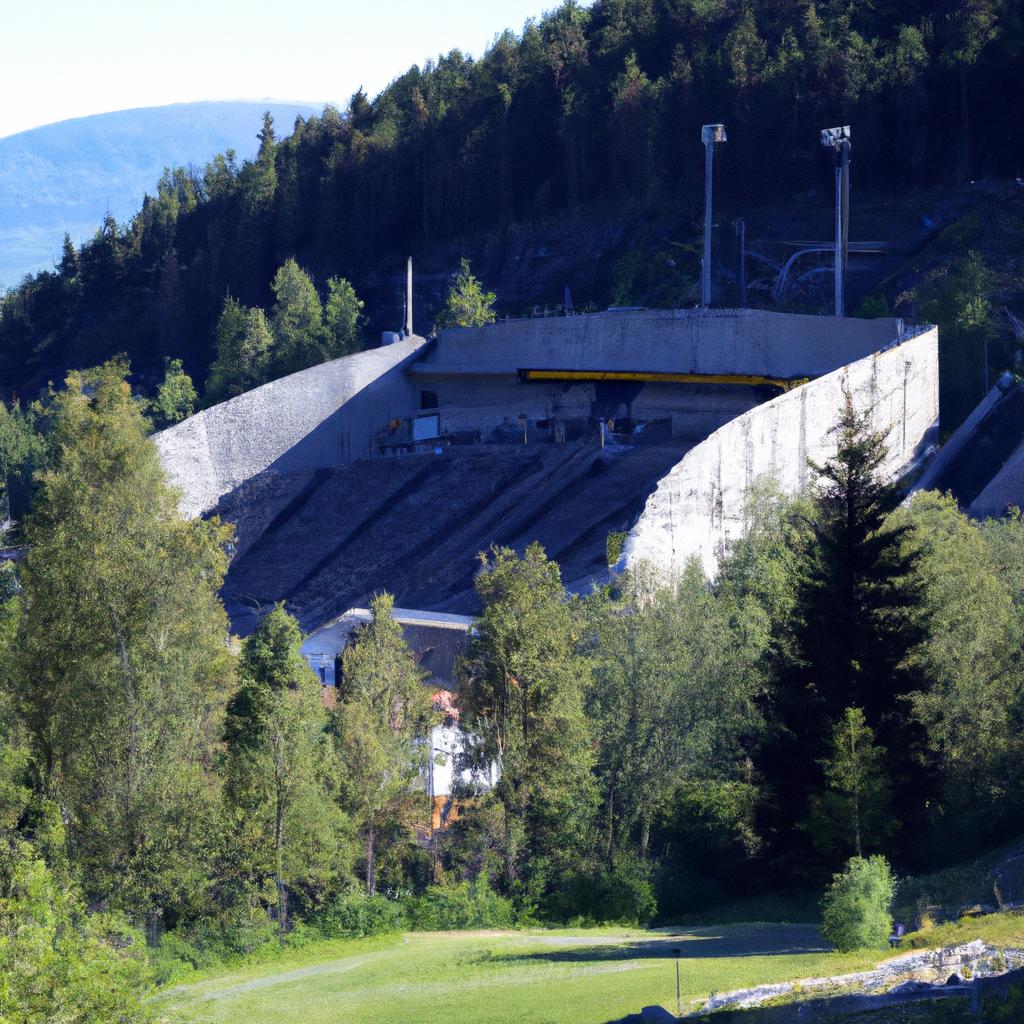
Norway’s stadiums stand as sporting gems, providing not only exceptional venues to watch a game but also true experiences that go beyond the ordinary. Each stadium has its unique history, features, and challenges, contributing to the vibrant tapestry of Norwegian sports culture.
As a sports fan, visiting a stadium in Norway promises an unforgettable experience. Whether you’re cheering on your favorite team or simply immersing yourself in the electrifying atmosphere, Norway’s stadiums offer something for everyone. With their stunning architecture, modern amenities, and beautiful surroundings, there has never been a better time to explore the best stadiums Norway has to offer.
Thank you for joining me on this comprehensive guide to the best stadiums in Norway. I hope this article has provided you with valuable insights into the history, features, and challenges facing Norwegian stadiums. For more captivating content on nature, gardening, animals, and more, continue following TooLacks.
Remember, the best of Norwegian sports can be found within the walls of these remarkable stadiums. Dive into the experience and let the passion of the game take you to new heights. Discover the magic of Norwegian sports culture and witness firsthand the power of these extraordinary stadiums.
